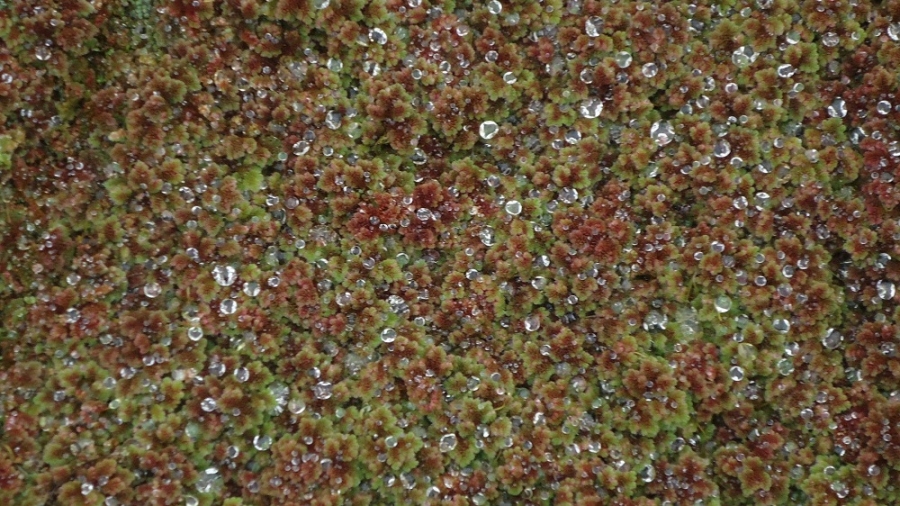Alternative regimes
Systems can change their properties depending on external or internal controls, in linear or nonlinear ways, or by dynamics known as alternative states or sudden regime shifts. Nonlinear dynamics and the existence of alternative states imply the occurrence of thresholds where the system presents very abrupt changes or change rates substantially different from the rates occurred before the threshold. In many examples (see Scheffer, 2009) thresholds can be known, but in most cases their exact location is unknown.

The term “alternative states” is often used lightly and can be confusing. The state of a system at a given time is defined by the values (quantities) of a set of variables or controls. For example, a system can be defined as pasture or natural field by the number of grasses, bushes and foraging pressure (e.g. the number of cattle). The system will oscillate in a three dimensional space based on all possible combinations of the amounts of those three variables. The system dynamics mirror the movement through this space. These spaces form basins of attraction where the system tends to remain in the absence of major external disturbances or substantial changes in the internal dynamics. The idea of the basins of attraction is a conceptual simplification that allows us to understand the complexity of the ecosystems’ dynamics and of SES (Walker et al., 2004).
In short, each alternative state involves a series of system configurations with similar structure and function. These configurations can be called system regimes. As the external or internal controls change (e.g. grazing pressure, changes in the percentage of population in extreme poverty, among many other examples), the different basins of attraction will be modified ultimately changing the attractors’ positions.
Some configurations are acceptable from a human perspective and others are not. For example, abrupt changes observed in coral systems, a phenomenon known as coral whitening, is an excellent example of alternative states where transitions are associated with significant changes in the ecosystem services provided.

Key References →
Folke, C. 2006. Resilience: the emergence of a perspective for social–ecological systems analysis. Global Environmental Change 16(3):253-267.
Walker, B.H., C.S. Holling, S.R. Carpenter, y A. Kinzig. 2004. Resilience, adaptability and transformability in social–ecological systems. Ecology and Society 9(2):5.URL:
http://www.ecologyandsociety.org/vol9/iss2/art5.
Related with »
Adaptive cycles and Panarchy
